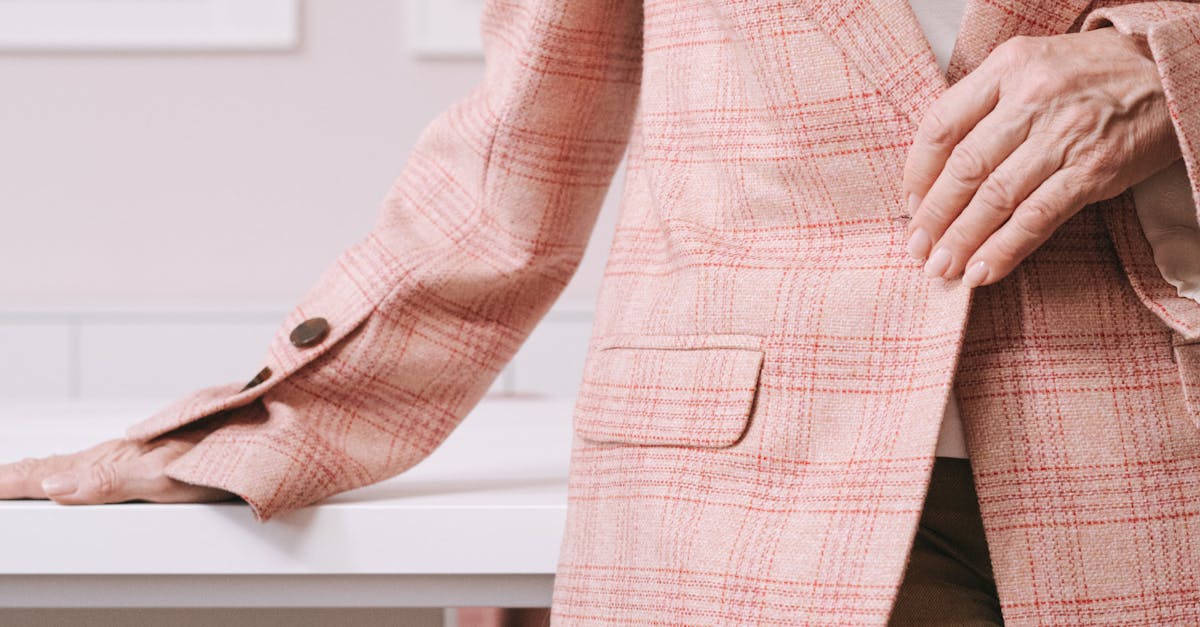Pain in Hip Flexor When Squatting: Techniques for Relief and Prevention
Squat Smart: Techniques for Pain-Free Hip Flexors

Squatting is a popular exercise that effectively targets various muscle groups, including the hip flexors. However, it can also lead to hip flexor pain if not executed correctly or if there are underlying imbalances. This article delves into the underlying causes of hip flexor pain during squats and equips you with effective techniques for relief and prevention.
Comprehensively understanding the anatomy and function of hip flexors is essential for addressing pain effectively. They play a vital role in enabling squatting movements. Identifying the root causes of hip flexor pain, such as inflexibility, muscle imbalances, and technique errors, is crucial for developing targeted solutions. This article provides a comprehensive guide to relieving hip flexor pain, including stretching, massage, and targeted strengthening exercises. It also emphasizes the importance of preventive measures such as proper warm-ups, gradual progression, and maintaining flexibility to minimize the risk of pain during squats.
In addition to addressing pain, this article explores alternative exercises for strengthening hip flexors without aggravating pain, ensuring balanced muscle development. By implementing the techniques and strategies outlined in this article, you can effectively reduce hip flexor pain, improve squatting form, and optimize your overall fitness journey.
1. Understanding Hip Flexor Anatomy and Function
Understanding Hip Flexor Anatomy and Function
The hip flexors are a group of muscles located at the front of the hip joint. They play a crucial role in squatting movements by lifting the thigh towards the body. The primary hip flexor muscles include the iliacus, psoas major, and rectus femoris.
The iliacus and psoas major originate from the lower spine and pelvis, and insert into the top of the thigh bone (femur). The rectus femoris originates from the front of the pelvis and also inserts into the femur. When these muscles contract, they pull the thigh forward and upward, enabling squatting movements.
Hip flexors are also involved in other movements such as walking, running, and jumping. They are important for maintaining good posture and balance. Strong hip flexors can help to improve athletic performance and reduce the risk of injury.
2. Causes of Hip Flexor Pain During Squats

Causes of Hip Flexor Pain During Squats
Hip flexor pain during squats can be caused by a variety of factors, including inflexibility, muscle imbalances, and technique errors.
Inflexibility Tight hip flexors can limit the range of motion in the hip joint, which can lead to pain and discomfort during squats. Inflexibility can be caused by a number of factors, such as prolonged sitting, muscle imbalances, and lack of flexibility exercises.
Muscle Imbalances Muscle imbalances can also contribute to hip flexor pain during squats. When the hip flexors are stronger than the opposing muscles (the gluteal muscles and hamstrings), it can create an imbalance that puts excessive stress on the hip flexors.
Technique Errors Improper squatting technique can also lead to hip flexor pain. Squatting too deep, not maintaining an upright posture, or not engaging the glutes and hamstrings properly can all put strain on the hip flexors.
It is important to address the underlying causes of hip flexor pain in order to effectively treat and prevent it. If you are experiencing hip flexor pain during squats, it is recommended to consult with a healthcare professional or physical therapist to determine the best course of action.
3. Effective Techniques for Relieving Hip Flexor Pain
Effective Techniques for Relieving Hip Flexor Pain
There are a number of effective techniques that can be used to relieve hip flexor pain, including stretching, massage, and targeted strengthening exercises.
Stretching Stretching the hip flexors can help to improve flexibility and reduce pain. Some effective hip flexor stretches include the kneeling hip flexor stretch, the standing quad stretch, and the seated pigeon stretch.
Massage Massaging the hip flexors can help to release tension and promote relaxation. You can use your hands or a foam roller to massage the hip flexors. Be sure to apply gentle pressure and avoid massaging directly on the tendons.
Targeted Strengthening Exercises Strengthening the hip flexors can help to improve stability and reduce pain. Some effective hip flexor strengthening exercises include the hip flexor bridge, the kneeling hip flexor curl, and the standing hip flexor raise.
It is important to note that these techniques may not be appropriate for everyone. If you are experiencing severe hip flexor pain, it is recommended to consult with a healthcare professional or physical therapist to determine the best course of action.
4. Preventing Hip Flexor Pain When Squatting

Preventing Hip Flexor Pain When Squatting
There are a number of proactive measures that can be taken to minimize the risk of hip flexor pain during squats, including proper warm-ups, gradual progression, and maintaining flexibility.
Proper Warm-Ups Warming up the hip flexors before squatting can help to improve flexibility and reduce the risk of injury. Some effective warm-up exercises include light cardio, dynamic stretching, and activation exercises for the hip flexors.
Gradual Progression Gradually increasing the weight and intensity of your squats over time can help to prevent hip flexor pain. Avoid suddenly increasing the weight or intensity of your squats, as this can put excessive stress on the hip flexors.
Maintaining Flexibility Maintaining flexibility in the hip flexors can help to reduce the risk of pain and injury. Regular stretching and foam rolling can help to improve flexibility in the hip flexors.
By following these preventive measures, you can help to minimize the risk of hip flexor pain during squats and improve your overall squatting performance.
5. Alternative Exercises for Strengthening Hip Flexors
Alternative Exercises for Strengthening Hip Flexors
There are a number of alternative exercises that can be used to strengthen the hip flexors without aggravating pain. These exercises can be particularly beneficial for people who are experiencing hip flexor pain during squats.
Glute Bridges Glute bridges are a great exercise for strengthening the hip flexors without putting excessive stress on the hip joint. To perform a glute bridge, lie on your back with your knees bent and your feet flat on the floor. Press your heels into the floor and lift your hips up until your body forms a straight line from your shoulders to your knees. Hold the position for a few seconds and then slowly lower back down.
Clamshells Clamshells are another effective exercise for strengthening the hip flexors. To perform a clamshell, lie on your side with your knees bent and your feet together. Lift your top knee up towards the ceiling while keeping your feet together. Hold the position for a few seconds and then slowly lower back down.
Banded Hip Flexor Raises Banded hip flexor raises are a great way to strengthen the hip flexors while also improving stability. To perform a banded hip flexor raise, attach a resistance band to the bottom of a sturdy object. Stand on the band with your feet hip-width apart and hold the ends of the band in each hand. Bend your knees slightly and then raise your right leg up towards your chest, keeping your knee bent. Hold the position for a few seconds and then slowly lower back down. Repeat with your left leg.
These are just a few of the many alternative exercises that can be used to strengthen the hip flexors without aggravating pain. By incorporating these exercises into your routine, you can help to improve hip flexor strength and stability, and reduce the risk of future pain or injury.
Quiz
1. Which of the following is NOT a common cause of hip flexor pain during squats?
(a) Inflexibility (b) Muscle imbalances (c) Overuse (d) Technique errors
2. True or False: Stretching the hip flexors can help to relieve pain and improve flexibility.
(a) True (b) False
3. Which of the following is NOT an effective technique for preventing hip flexor pain when squatting?
(a) Proper warm-ups (b) Gradual progression (c) Maintaining flexibility (d) Lifting heavy weights
4. True or False: Glute bridges are a good alternative exercise for strengthening the hip flexors without aggravating pain.
(a) True (b) False
Answer Key
- (c) Overuse
- (a) True
- (d) Lifting heavy weights
- (a) True
